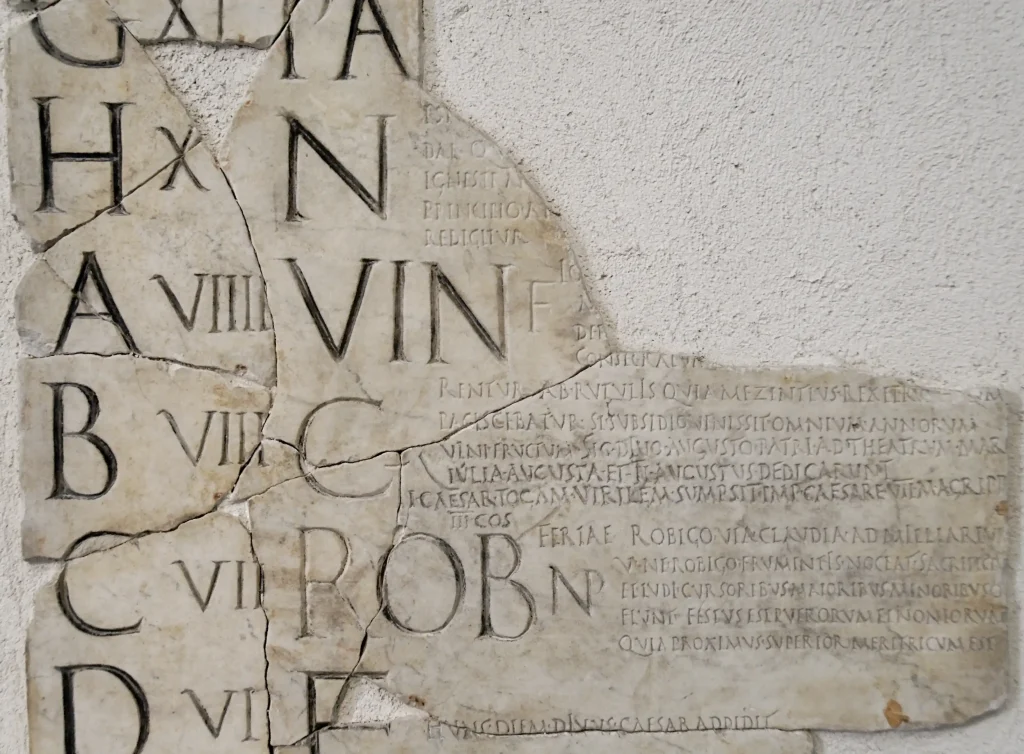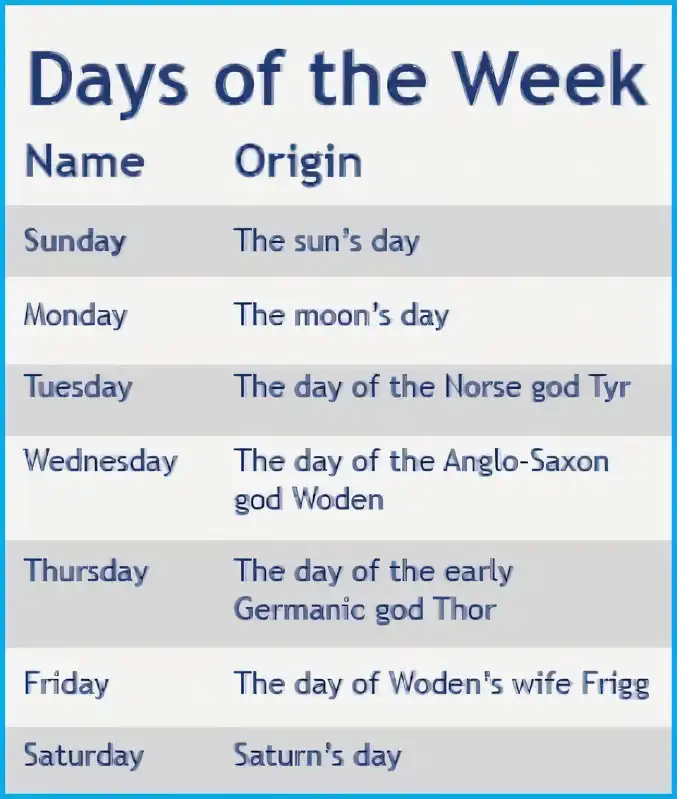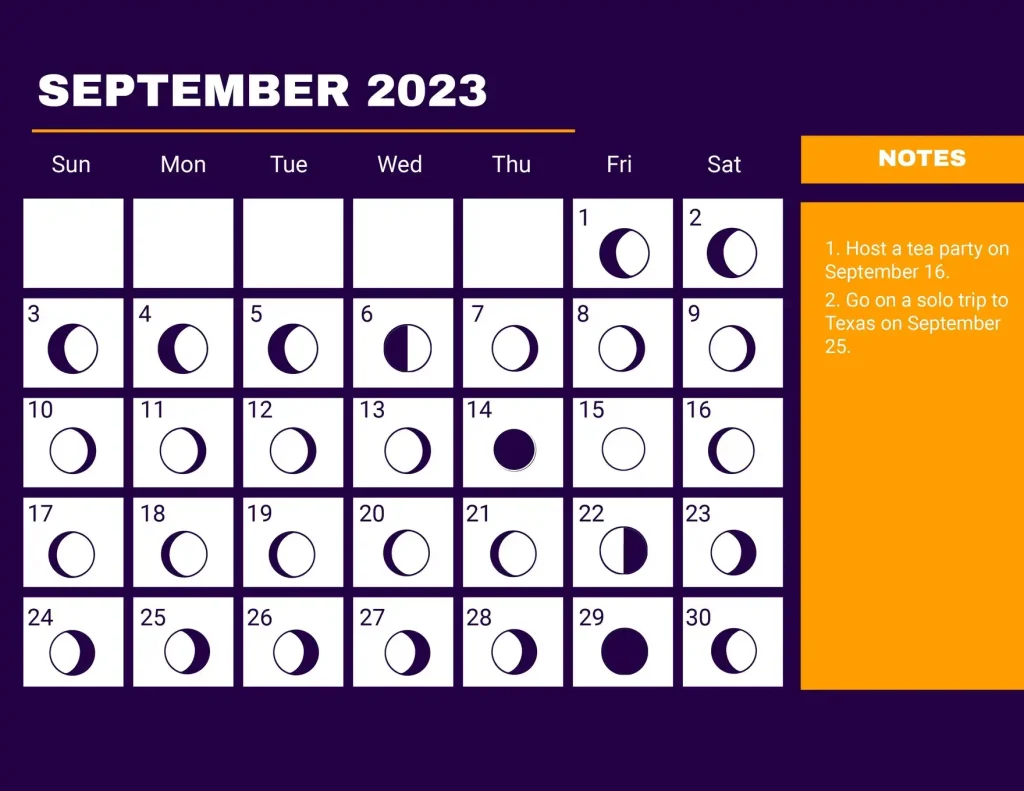Have you ever wondered why our week has seven days? It might pop into your head as you plan your school activities or look forward to the weekend. Let’s journey through time to uncover the story behind our seven-day week.

The Moon’s Influence
Long ago, people didn’t have calendars like we do today. Instead, they observed the sky to keep track of time. One of the most noticeable patterns was the cycle of the Moon. From a full moon to the next full moon takes about 29.5 days. Ancient observers noticed that this cycle could be divided into four distinct phases:

- New Moon: When the Moon isn’t visible.
- First Quarter: When the right half of the Moon is illuminated.
- Full Moon: When the entire face of the Moon shines brightly.
- Last Quarter: When the left half of the Moon is illuminated.
Each of these phases lasts about seven days, leading early civilisations to adopt a seven-day cycle to mark time.
Babylonian Beginnings
The ancient Babylonians, who lived in what is now Iraq, are credited with formalising the seven-day week. They were keen astronomers and noticed seven celestial bodies that moved differently from the stars: the Sun, the Moon, Mars, Mercury, Jupiter, Venus, and Saturn. They dedicated each day of the week to one of these celestial bodies, intertwining their observations of the heavens with their calendar.

Adoption by Other Cultures
The concept of a seven-day week didn’t remain confined to Babylon. It spread to other civilisations:
- Jewish Tradition: The Hebrew Bible describes a seven-day creation story, culminating in a day of rest, the Sabbath, which aligns with the seventh day.

- Roman Influence: Initially, Romans used an eight-day week. However, by the 3rd century CE, they adopted the seven-day week, influenced by astrology and the significance of the number seven.

Naming the Days
The names of the days in many languages reflect the celestial bodies and gods they were associated with:
- Sunday: Named after the Sun.
- Monday: Named after the Moon.
- Tuesday: In English, it’s named after Tiw, a Norse god of war, equivalent to Mars.
- Wednesday: Named after Woden (Odin), linked to Mercury.
- Thursday: Named after Thor, associated with Jupiter.
- Friday: Named after Frigg, connected to Venus.
- Saturday: Named after Saturn.

These associations highlight how ancient cultures linked their deities and celestial observations to the passage of time.
Global Acceptance
As empires expanded and cultures interacted, the seven-day week became widely accepted. The spread of Christianity further solidified its use, as the religion emphasised the importance of the Sabbath. Over time, this structure became the standard in most parts of the world.

Conclusion
The seven-day week is a testament to humanity’s long-standing fascination with the cosmos and our desire to find patterns in nature. From lunar phases to planetary observations, our ancestors crafted a timekeeping system that continues to shape our lives today. So, the next time you look at a calendar, remember the rich history embedded in our weekly routine.

For more interesting articles, please visit www.kidzherald.com





